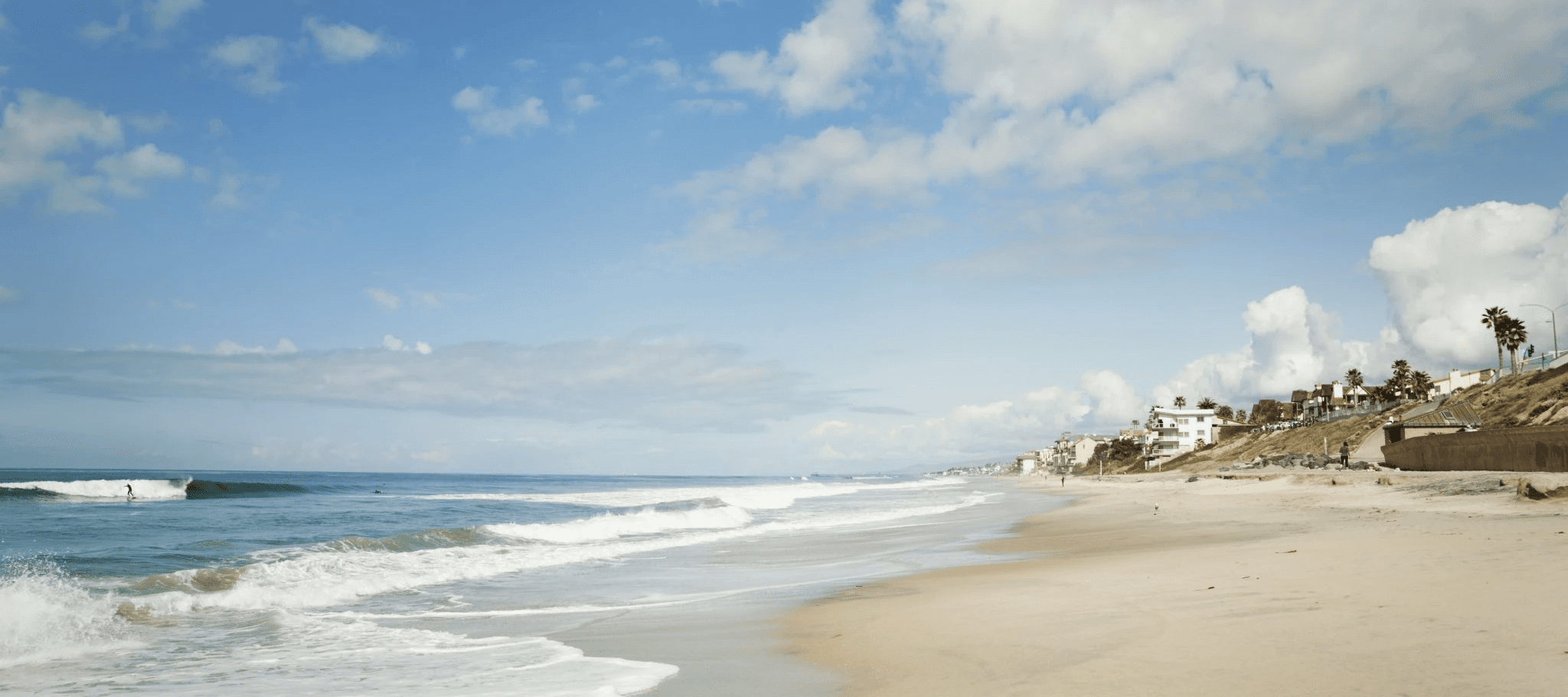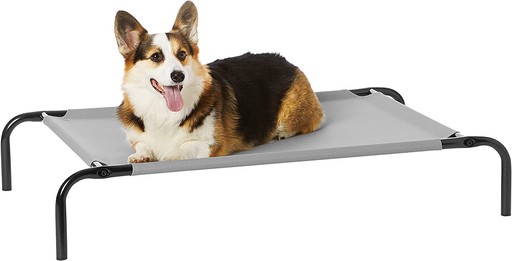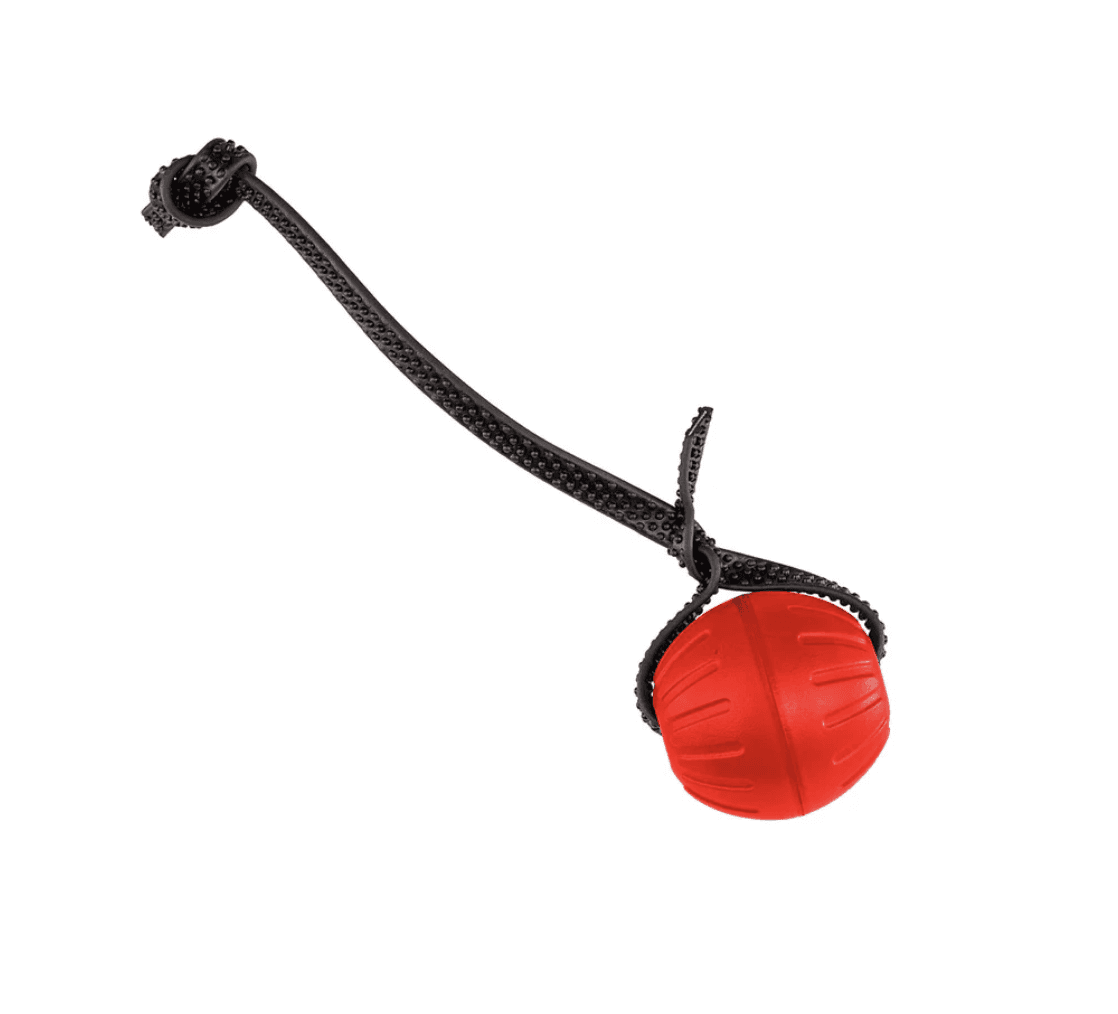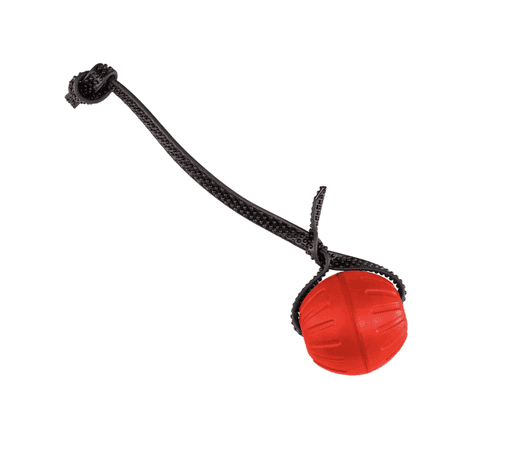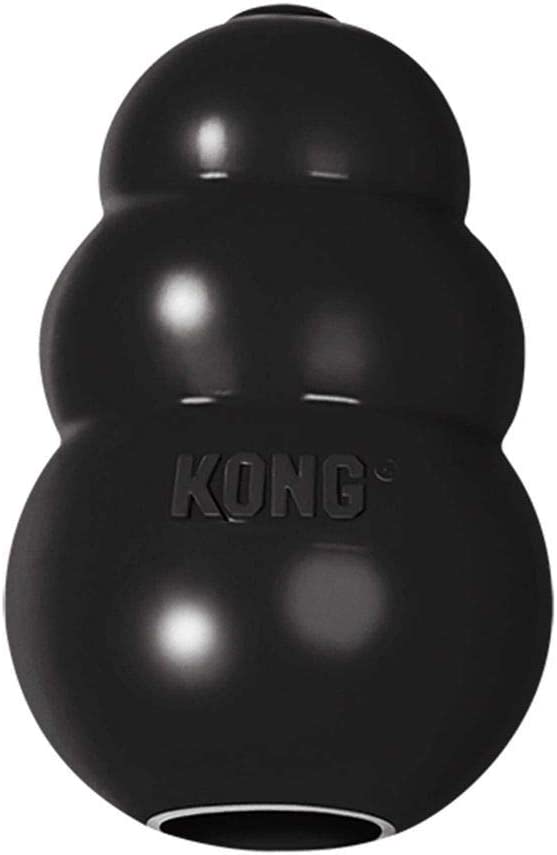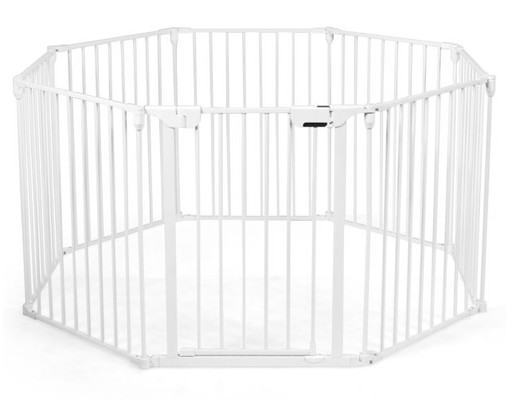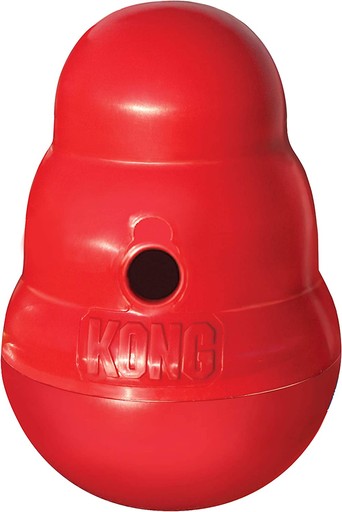These are not affiliate links. Almost all this stuff can be found at your local pet store. When I recommend a tool it's because I believe it will help you–not because I'm selling it.
The Basics
Don't get too hung up on the specific makes and models of any of these items, except perhaps the recall whistle. Unless you want your dog to run to you watch a sports game on TV. 😜
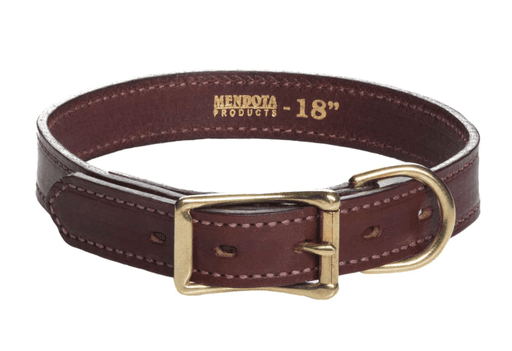
A normal, flat-buckle collar. 1" wide for large breeds, 3/4" for small breeds. My favorites:
• Leather + steel: Hank's Leather
• Leather + brass: Mendota
• All-weather & thin: Tuff Pupper
• All weather & thick: Regal
Measure first! If you have a small car trunk, consider one that folds up. If you get the Amazon brand and have wood floors get some rubber feet.
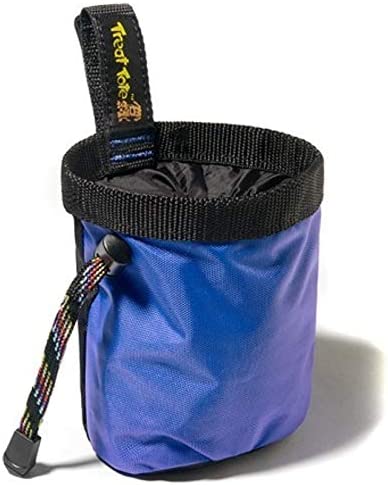
Get one that won't dangle in front of you when you bend over, isn't too deep for your fingers, and that is easily accessed with one hand. These washable silicone ones also work well.

When you can, use their kibble! When you can't, find a low calorie training treat that your dog likes. Costco sells these dried beef liver and dried salmon treats on the cheap in the pet section.

High-Value Treats
Use something your dog LOVES to reward recall. Costco sells huge packs of string cheese that work great.
AKA the "crack ball." For high-drive dogs that could care less about treats, this is your reward system. The best (and cheapest) ones are from FoamDogBalls.com
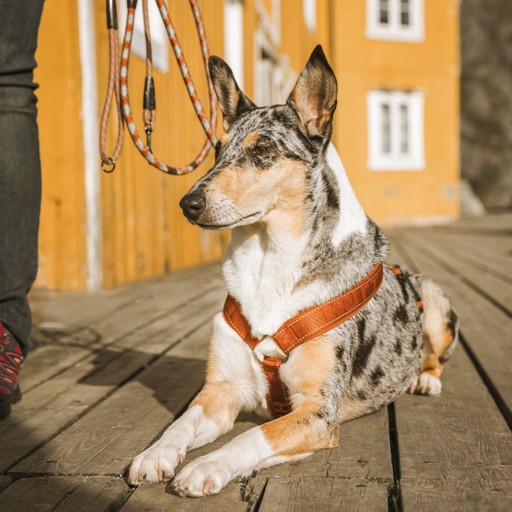
One that gives full range of front legs without rubbing. Favorites:
• Hurtta Y-Harness (by far).
• RuffWear Front Range
• Wilderdog
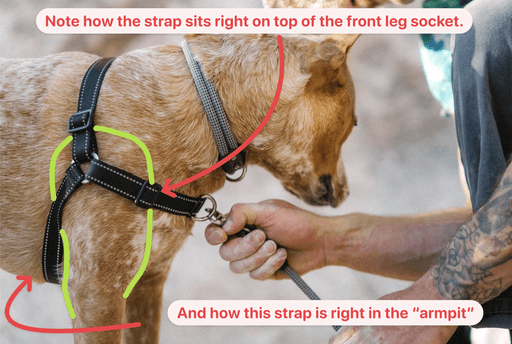
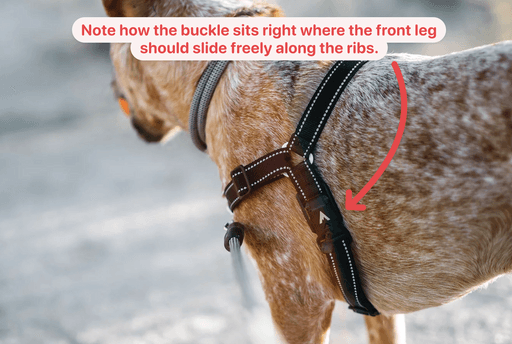
Avoid "step-in" style harnesses
Harnesses that connect with a single strap above the shoulder blades tend to restrict natural leg movement. Imagine a backpack that squeezed the side of your shoulder (where your arm rotates) and had a strap cutting through your arm pit. Instead, look for a harness that extends down the spine at least a little to ensure those front legs can slide freely alongside the body. I recommend watching this excellent video about dog anatomy and harnesses.
Puppy Stuff
Look, most puppies are tough to live with and no magical piece of equipment is going to solve that. Still, there are a few things most puppies will need.
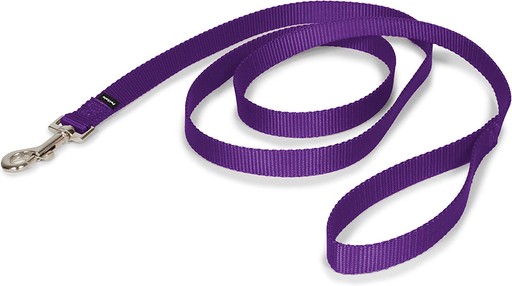
Get a leash a cut the loop off at 2 or 3 feet. Here's a video on what a "house line" is all about.

Save your chair legs during the teething phase and before their "leave it" is solid. If Amazon won't ship to your state try Chewy.
Training Collars
For these tools to work effectively and humanely you need training on their usage. They must be the correct size, they must be fitted properly, and they must be introduced with care and intention.

Usually made of a slick robe and where one end has a metal ring that easily "slips" along. 1/2" thick for large breeds. 3/8" thick for small.

